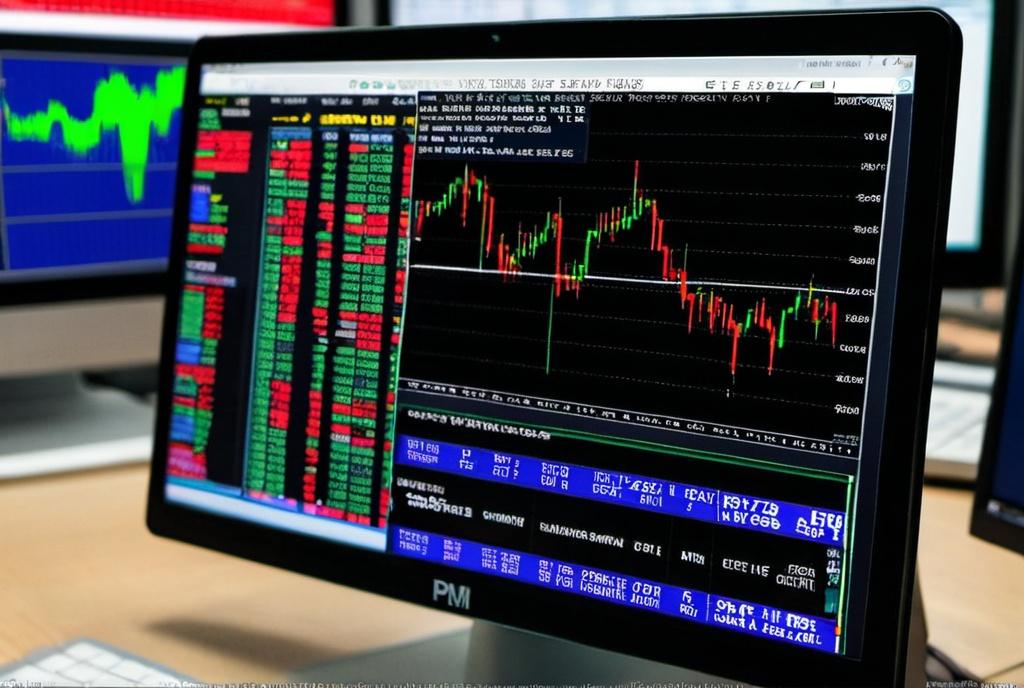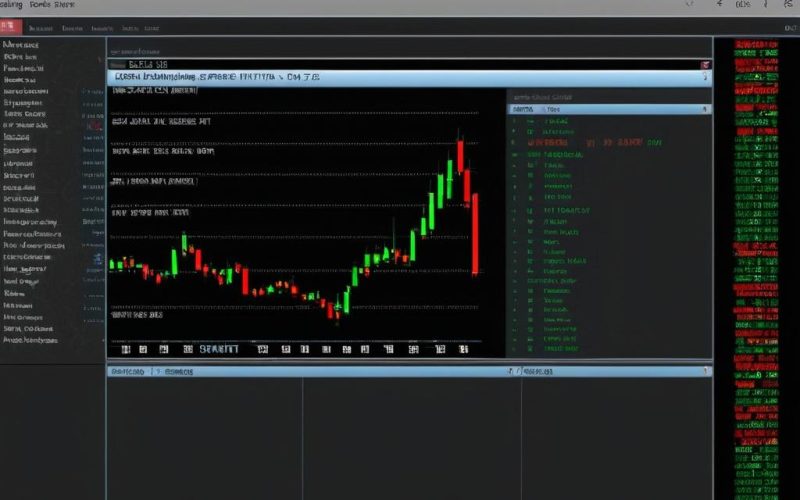Key Take Aways About Momentum Trading
- Momentum trading focuses on short-term gains by riding current trends, similar to surfing.
- It’s crucial for traders to monitor indicators like moving averages, RSI, and volume for effective trades.
- HIT software provides real-time data and tools for precise momentum trading decisions.
- Momentum trading can involve quick trades (day trades) or longer positions (several days).
- Timing is essential; enter and exit trades wisely to maximize profits and minimize risks.

Momentum Trading: A Closer Look
Momentum trading is like surfing; you’re riding the wave of price action to catch a break and hopefully not a wipeout. Instead of sticking around hoping a stock price will one day go to the moon, you’re focused on short-term gains by identifying and hopping on trends that are already in motion. This strategy is pretty popular among traders who don’t have the patience of a saint or the time to play the long game.
How Momentum Trading Works
Picture yourself at a party. The music’s too loud, drinks are being poured, and the dance floor is packed. You notice folks gravitating towards the corner where someone just set up a karaoke machine. Everyone’s headed that way, and you think, “Time to join the fun.” That’s momentum trading in a nutshell. You’re buying stocks moving in a certain direction, because clearly, everybody’s doing it. And as long as the music keeps playing, you’re in.
But here’s the catch—just like the party can run out of steam, so can a stock’s momentum. That’s where timing becomes your best friend or worst enemy. Successful momentum traders need to keep a close eye on the indicators that suggest when a trend might be losing its mojo.
Indicators and Strategies
Momentum traders aren’t exactly throwing darts at a board. They rely on specific indicators and strategies to decide when to enter and exit trades. These can include:
1. **Moving Averages**: Like breadcrumbs, they offer a trail of the average stock price over a period of time. A crossover between short-term and long-term moving averages can signal a change in momentum.
2. **Relative Strength Index (RSI)**: This is the mood ring of trading. It measures the speed of price movements to identify overbought or oversold conditions.
3. **Volume Indicators**: High trading volume can indicate strong momentum. It’s the equivalent of everyone in the room crowding the karaoke machine.
By keeping an eye on these indicators, momentum traders aim to make entries and exits that maximize profit while minimizing the chance of getting burned.
HIT Software and Momentum Trading
Ever tried to cook a gourmet meal without a recipe? That’s trading without software. Enter HIT software, which stands for High-Intensity Trading software. It’s like having a trusted sous-chef in the trading kitchen, helping you whip up the perfect momentum trade.
HIT software offers tools designed for momentum trading, giving you real-time data and analyses that help you catch the next big wave before it crashes. With features like customizable alerts and pattern recognition, it’s designed to streamline the momentum trading process.
Personal Experience and Use Cases
Years ago, when I first dipped my toes into trading, I felt like an extra in a financial thriller. Back then, my trades were more hunch-based than anything else. After a friend introduced me to momentum trading, the dots started connecting, and the HIT software was the game-changer. With HIT, I could easily spot a stock’s upward momentum and make trades quickly. It was like finally swapping my old Nokia for the latest smartphone.
Traders use momentum strategies in different ways. Some aim for day trades, taking advantage of minute-by-minute fluctuations. Others look at slightly longer trends, holding positions for several days. A buddy of mine describes his trades as “sprints,” while another thinks of his as “weekend marathons.” Whatever you call it, momentum trading can be fast-paced and a bit thrilling if not outright exciting.
Conclusion: Timing is Everything
If you’re considering momentum trading, remember this: timing is crucial. You’re aiming to ride that wave while it’s building but not so late that you crash into the shore. HIT software is your lifeline here, ensuring you’re not just following the crowd blindly but making informed decisions.
In the end, momentum trading is about catching trends, reading the signals, and not staying too long at the party. Use your tools, trust your gut, and get ready to dance when the opportunity strikes.
